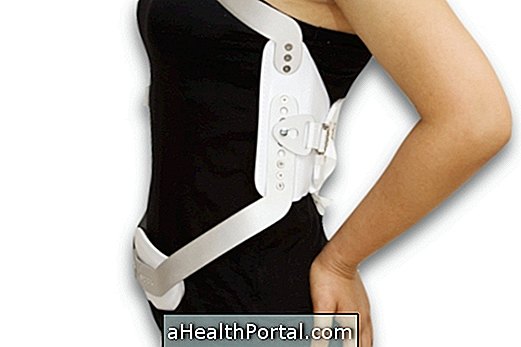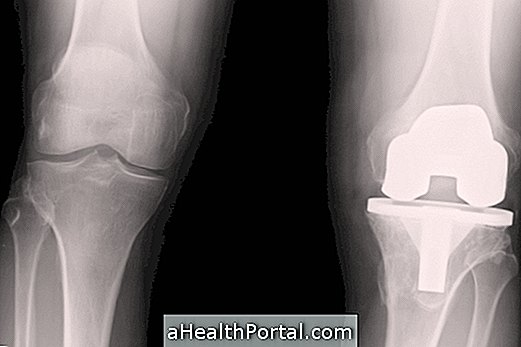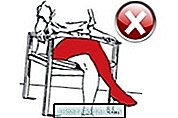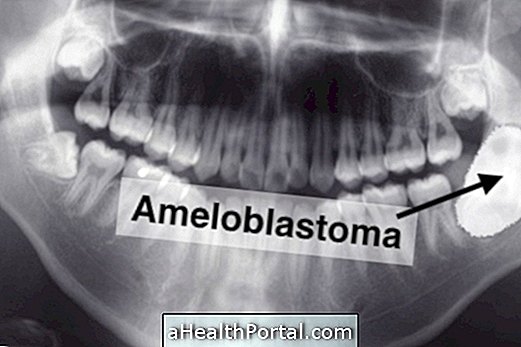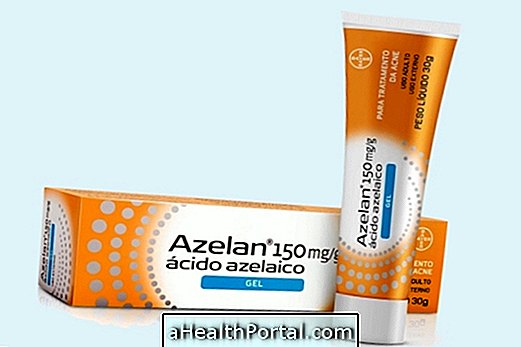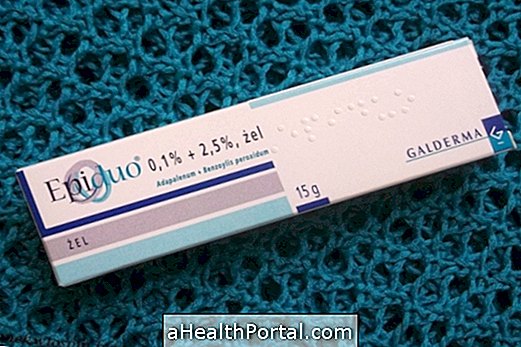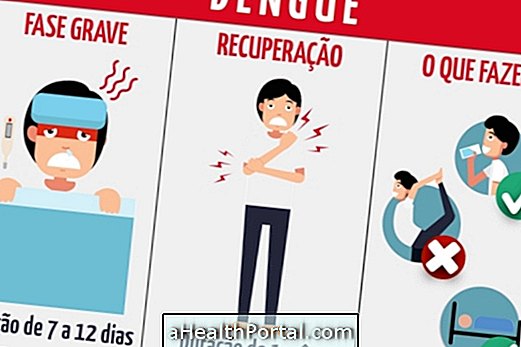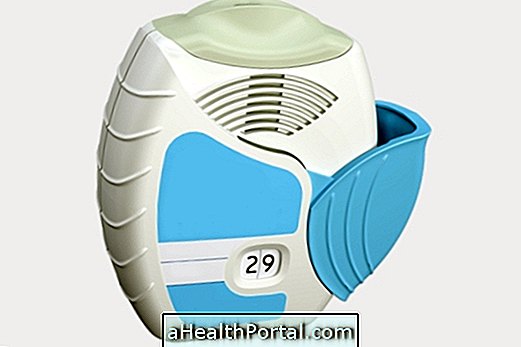The infiltration for spurs in the calcaneus involves the injection of corticosteroids directly at the site of pain, to reduce inflammation and relieve symptoms. This type of injection can be done by a nurse at the health clinic, but an orthopedist should always be prescribed.
This treatment works because the pain and discomfort caused by the spur of the calcaneus arises mostly due to the inflammation of the plantar fascia, which is a band of tissues, present under the foot, that goes from the heel to the toes. By using a corticosteroid directly on site, the inflammation of the fascia reduces and the pain you feel is also relieved quickly.
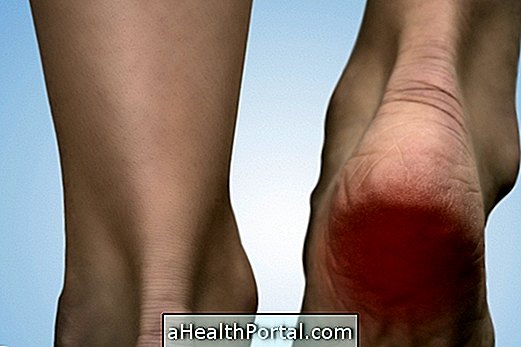
When to Inject to Spur
The first form of treatment for the calcaneal spur usually consists of daily stretching of the foot, using orthopedic insoles or taking analgesic or anti-inflammatory medicines, such as aspirin or naproxen. Know all treatment options.
However, if these forms of treatment do not work, or if the problem worsens over time, the orthopaedist may advise the injection of corticosteroids at the site.
If after a few weeks or months the injections also fail to do the expected effect, surgery may be necessary to remove the spur and stop inflaming the plantar fascia.
Does heel infiltration heal the spur?
The only way to completely cure the spine of the calcaneus is to have surgery to remove excess bone that is growing under the heel.
Injections, or infiltrations, only help alleviate symptoms by reducing inflammation of the plantar fascia. However, when the effect passes, the pain may return, as the spur continues to cause inflammation.
How long does the effect last
The effect of infiltration of corticoid on the heel usually for 3 to 6 months, however, this period varies according to the severity of the problem and how the body of each person reacts. However, to ensure the effect for a longer time, it is important to maintain some care such as not doing high-impact activities such as running or jumping rope, using orthopedic insoles and doing frequent stretching of the foot.
See also 4 home remedies you can use to prolong the effect.
When not infiltrating
Injection of corticosteroids in the heel can be done in almost all cases, however, it is advisable to avoid this type of treatment if the pain improves with other forms of less invasive treatment or if there is allergy to some steroids, for example.

